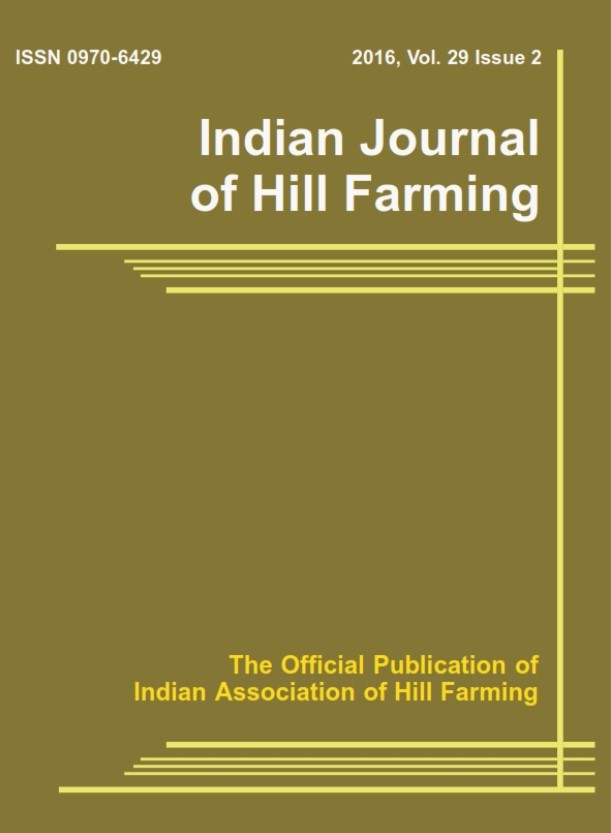Effects of WBGT on the thermal and physiological responses of North-Eastern Indian agricultural workers during paddy transplanting operations
DOI:
https://doi.org/10.56678/Keywords:
Heat Stress; WBGT; Bodypart Discomfort; Rice Transplanting, Physical and Thermal ResponsesAbstract
In the hot and humid summer, the outdoor farmers in North-eastern India (NEI) area experience higher Wet Bulb Globe Temperature (WBGT), leading to heat stress. For the assessment of physiological and thermal responses of NEI agricultural workers at different WBGT conditions (27 ºC to 32 ºC), ten farmers were selected (n=10) for manual rice transplantation in open rice filed from June to July 2021 on selected sunny days. The study’s findings show that the WBGT causes heat stress in farmers’ bodies as statistical analysis of most of the data was highly significant with increasing WBGT (p 0.05). It was observed that heart rate and oxygen consumption which reveal the physiological response, were increasing in trend with the increasing WBGT from 27 ºC to 32 ºC. Forehead and skin temperature was observed to decrease with the increase of WBGT from 27 ºC to 32 ºC due to heavy sweating and highly humid condition during rice transplanting operation in NEI conditions. Oral (core body temperature) and head temperature were observed to increase with the increase in WBGT. It was also noticed that a few subjects’ core body temperatures (CBT) of more than 37 ºC led to an increasing threat of heatstroke or other heat illness in NEI outdoor field conditions. Further, proper design of the work-rest schedule, acclimatization, and heat-protecting measures are suggested to minimize the danger level of NEI farmers’ physiological and thermal responses.Downloads
Published
2023-03-31
Issue
Section
Articles
License
Copyright (c) 2024 Thaneswer Patel, Anubhab Pal, Govinda Pal, Huidrom Dayananda Singh (Author)

This work is licensed under a Creative Commons Attribution-NonCommercial-NoDerivatives 4.0 International License.
How to Cite
Effects of WBGT on the thermal and physiological responses of North-Eastern Indian
agricultural workers during paddy transplanting operations. (2023). Indian Journal of Hill Farming, 37(01), 36-48. https://doi.org/10.56678/




